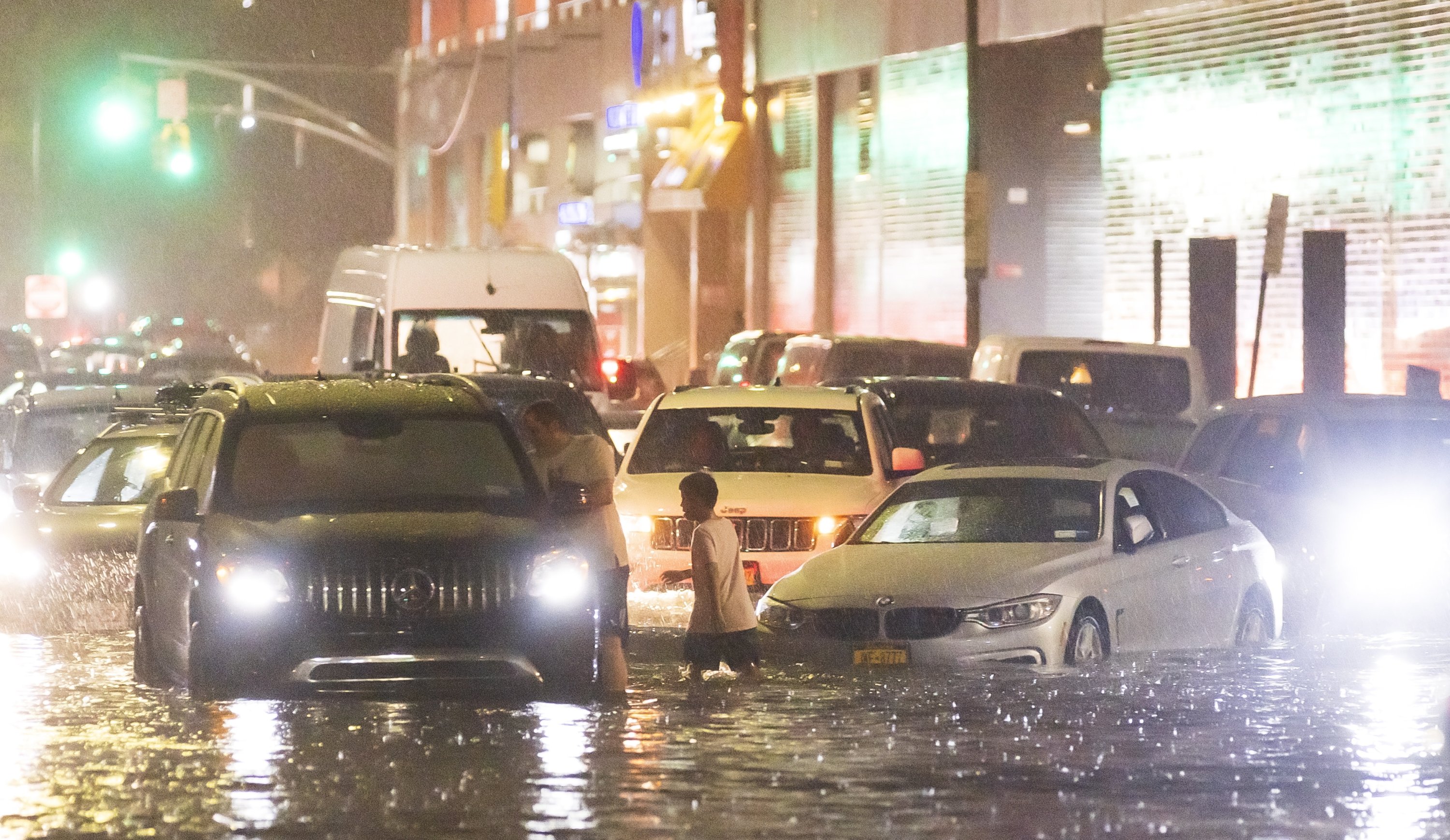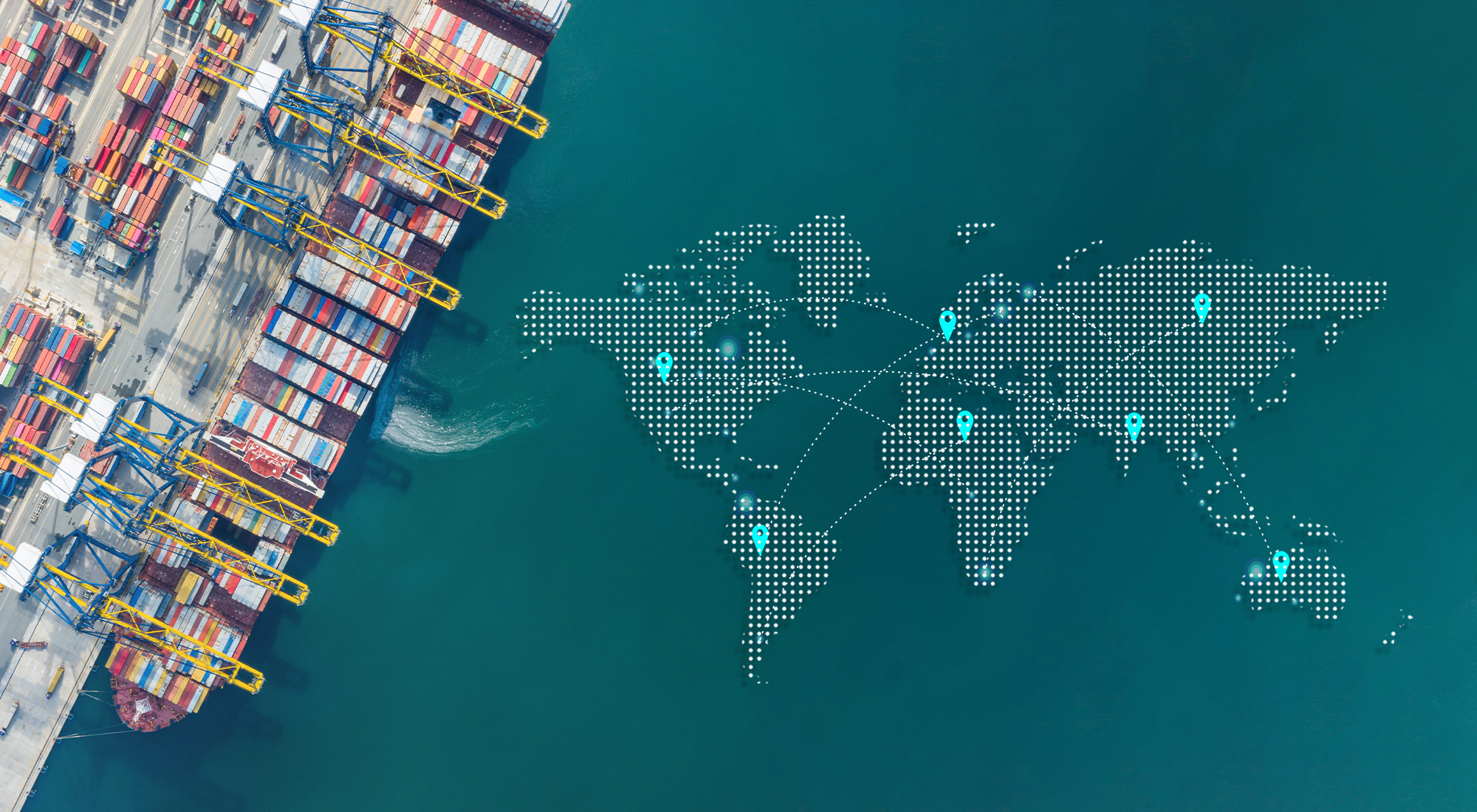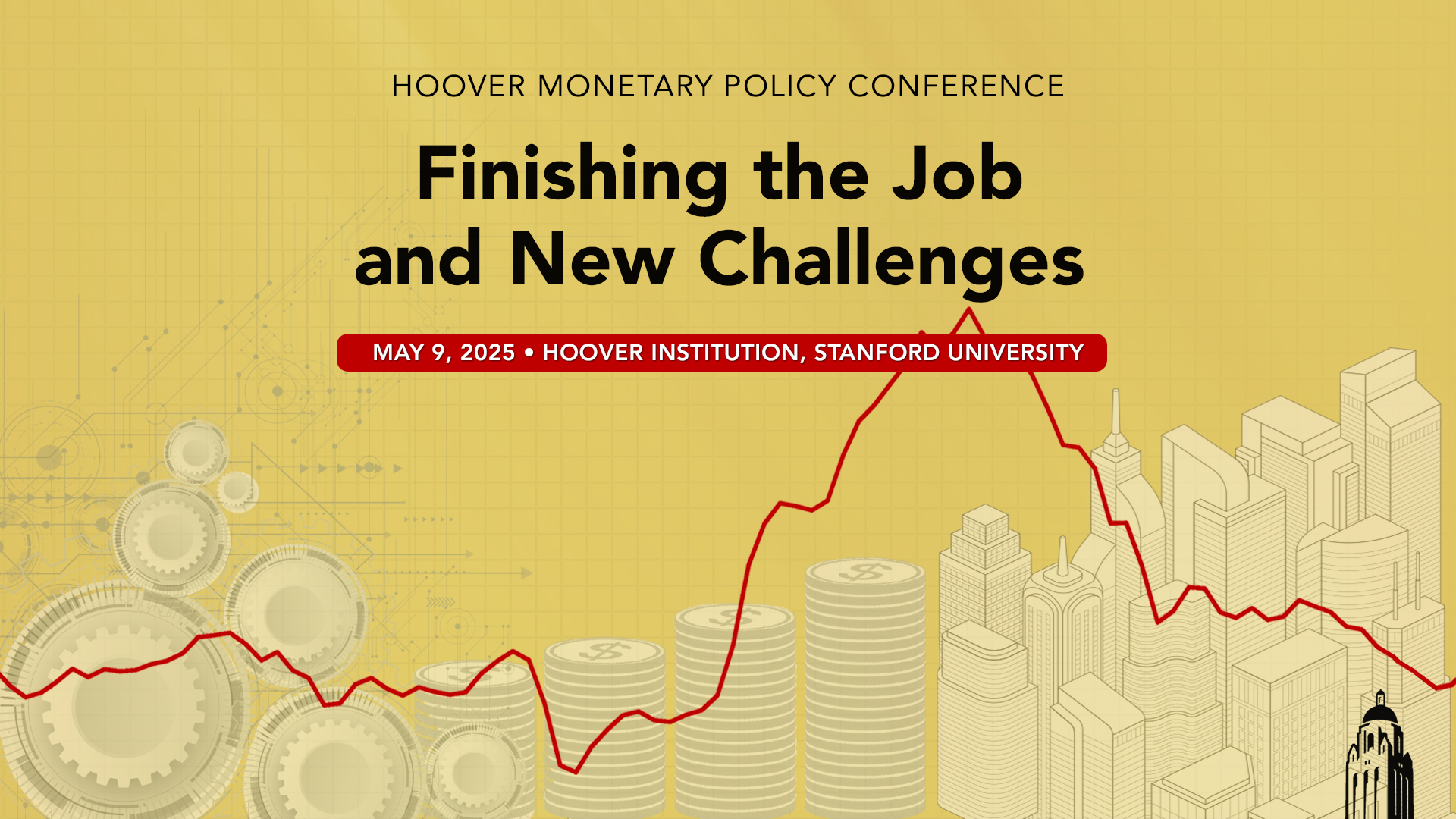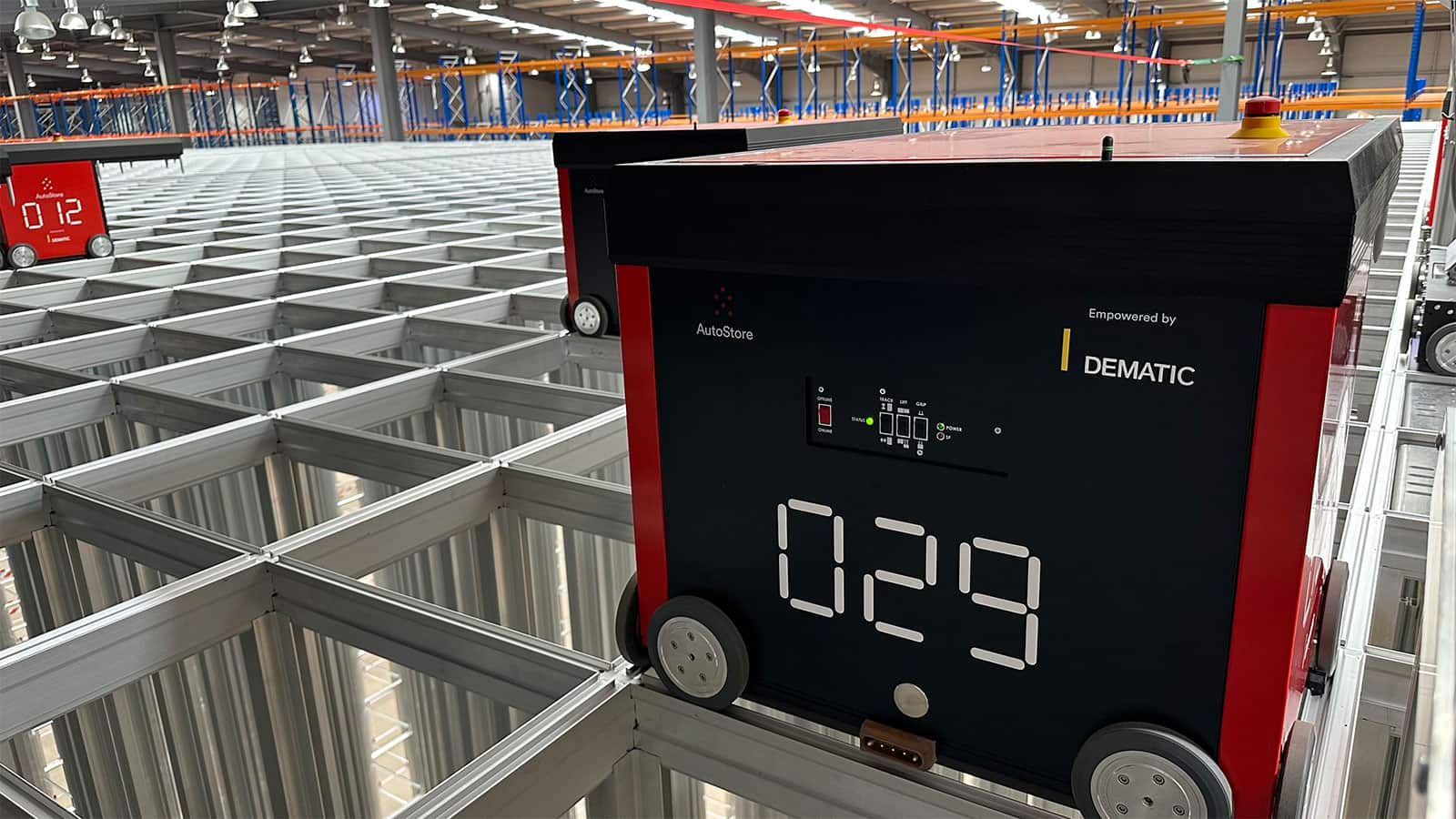Report on the Socio-Economic and Infrastructural Impacts of the July 2025 Flash Flooding in New York and New Jersey
A Case Study in Urban Resilience and Sustainable Development Goals
On July 14, 2025, a severe storm system resulted in catastrophic flash flooding across New York City and New Jersey, causing widespread disruption and exposing significant vulnerabilities in regional infrastructure. This report analyzes the event’s impact on tourism, transportation, and the local economy, framing the challenges and recovery efforts within the context of the United Nations Sustainable Development Goals (SDGs), particularly SDG 9, SDG 11, and SDG 13.
Event Overview and Emergency Response
A powerful storm system precipitated extreme rainfall, overwhelming drainage systems and leading to rapid inundation of urban and suburban areas. The National Weather Service issued multiple flash flood warnings as the situation escalated. In response, states of emergency were declared in both New York and New Jersey to facilitate the mobilization of state resources for rescue and mitigation operations.
Key Emergency Actions:
- Issuance of public safety alerts urging residents to remain indoors.
- Deployment of emergency services for evacuations and aid delivery.
- Closure of major transportation arteries to prevent further incidents.
The scale of the flooding challenged the capacity of emergency response teams, highlighting the urgent need to bolster preparedness frameworks in line with SDG 11 (Sustainable Cities and Communities), which calls for significantly reducing the number of people affected by water-related disasters.
Impact on Tourism and Regional Economy (SDG 8)
The flash floods delivered a severe blow to the region’s tourism sector, a critical component of the local economy. The event’s timing during a post-pandemic recovery period amplified its negative economic consequences, directly undermining progress toward SDG 8 (Decent Work and Economic Growth).
Disruptions to the Visitor Experience:
- Closure of major tourist attractions, including the Statue of Liberty, Central Park, and New Jersey shore resorts.
- Widespread cancellations of tours, hotel bookings, and events.
- Tourists were stranded in flooded hotels or unable to travel due to transportation shutdowns.
The event has raised long-term concerns regarding the region’s viability as a safe and reliable tourist destination in an era of increasing climate volatility. The psychological impact on visitors and the potential for reputational damage underscore the need for climate-resilient tourism strategies.
Infrastructure Failure and Transportation Paralysis (SDG 9 & SDG 11)
The flooding exposed critical deficiencies in the region’s aging infrastructure, demonstrating a failure to meet the resilience standards required by SDG 9 (Industry, Innovation and Infrastructure) and SDG 11 (Sustainable Cities and Communities).
Major System Failures:
- Public Transit: The New York City subway system experienced extensive flooding in tunnels, leading to the suspension of multiple lines and stranding millions of commuters and tourists. Bus services were also severely curtailed.
- Road Networks: Major highways, including the Garden State Parkway, were rendered impassable, halting commercial and private transport.
- Air Travel: Newark Liberty International Airport faced runway flooding and air traffic control issues, resulting in hundreds of flight cancellations and delays.
These breakdowns not only caused immediate economic losses for businesses reliant on supply chains and customer traffic but also highlighted the systemic risk posed by infrastructure not designed for the intensity of modern, climate-change-driven weather events.
Long-Term Implications and Future Directives for Climate Action (SDG 13)
This flooding event serves as a stark reminder of urban vulnerability to climate change, demanding a renewed focus on SDG 13 (Climate Action). The recovery process presents an opportunity to rebuild in a manner that is both sustainable and resilient.
Recommendations for Building Resilience:
- Infrastructure Investment: Prioritize funding for upgrading stormwater management systems, implementing green infrastructure such as water-absorbing public spaces, and fortifying transportation networks against future flooding.
- Enhanced Emergency Preparedness: Review and improve emergency alert systems and resource allocation protocols to ensure a more effective response to future climate-related disasters.
- Sustainable Urban Planning: Integrate climate projections into all future urban development and land-use policies to mitigate risks and build adaptive capacity.
The path forward requires a concerted effort from government, industry, and civil society to invest in resilient infrastructure and promote sustainable practices. By aligning recovery efforts with the Sustainable Development Goals, New York and New Jersey can transform this crisis into a catalyst for creating safer, more sustainable, and economically robust communities prepared for the challenges of the 21st century.
Analysis of Sustainable Development Goals (SDGs) in the Article
1. Which SDGs are addressed or connected to the issues highlighted in the article?
-
SDG 8: Decent Work and Economic Growth
- The article extensively discusses the “catastrophic” economic impact of the flooding on the tourism industry, which is described as a “vital economic engine for the region.” It details how hospitality businesses, restaurants, retailers, and tour operators suffered from lost customers, cancelled bookings, and supply chain issues, directly connecting the disaster to economic performance and livelihoods.
-
SDG 9: Industry, Innovation and Infrastructure
- A central theme is the failure of existing infrastructure. The article states that the floods “exposed several weaknesses of the region’s infrastructure,” noting that “decades old” drainage systems were overwhelmed. It highlights the disruption to transportation infrastructure, including subways, roads, and airports, and underscores the need for investment in “sustainable flood-resistant infrastructure.”
-
SDG 11: Sustainable Cities and Communities
- The article focuses on an urban disaster in New York City and New Jersey. It addresses the vulnerability of cities to extreme weather, the need for resilient communities, and improved disaster response. It mentions calls to “review their emergency response plans” and develop “sustainable, resilient communities that can cope with these kinds of weather significances,” which is central to this goal.
-
SDG 13: Climate Action
- The article frames the flash flooding as an “extreme weather” event and links it to broader climate issues. It notes that the event “has also opened our eyes to the wider effects of climate change, especially in urban centers.” The discussion about future preparedness, building resilience, and managing climate-related hazards directly aligns with the objectives of SDG 13.
2. What specific targets under those SDGs can be identified based on the article’s content?
-
Target 8.9: By 2030, devise and implement policies to promote sustainable tourism that creates jobs and promotes local culture and products.
- The article’s focus on the severe disruption to the tourism industry in New York and New Jersey highlights the importance of this target. The text describes how the flooding dealt a “sharper blow to high-traffic places such as New York City” and led to discussions about “storm tourism management” and the need for the industry to recover and become more resilient.
-
Target 9.1: Develop quality, reliable, sustainable and resilient infrastructure, including regional and transborder infrastructure, to support economic development and human well-being, with a focus on affordable and equitable access for all.
- This target is directly addressed when the article states that the region’s infrastructure is “badly in need of an overhaul.” The failure of drainage systems, subways, highways, and airports, coupled with the call for “increased investment in sustainable flood-resistant infrastructure,” explicitly connects to the need for resilient infrastructure development.
-
Target 11.5: By 2030, significantly reduce the number of deaths and the number of people affected and substantially decrease the direct economic losses relative to global gross domestic product caused by disasters, including water-related disasters, with a focus on protecting the poor and people in vulnerable situations.
- The article details the effects of a water-related disaster, mentioning stranded commuters, residents, and tourists (“people affected”). It also quantifies the impact through “significant” economic costs, including “lost customers,” “cancelled bookings,” and business disruptions, which represent the “direct economic losses” described in this target.
-
Target 13.1: Strengthen resilience and adaptive capacity to climate-related hazards and natural disasters in all countries.
- The entire article serves as a case study for this target. The event is described as an “extreme weather” storm, and the aftermath involves calls to “defy future storm surge” and improve preparedness. The conclusion emphasizes that the recovery will serve as a basis for “disaster planning” to mitigate future disruptions, which is the essence of strengthening resilience.
3. Are there any indicators mentioned or implied in the article that can be used to measure progress towards the identified targets?
-
Indicators for Target 11.5 & 13.1 (Disaster Impact):
- Number of people affected: The article implies this through descriptions of “stranded commuters and local residents,” tourists unable to attend events or reach destinations, and evacuations.
- Direct economic loss: Mentioned through “significant” economic costs, “lost customers,” “cancelled bookings,” and reports of “a rash of cancellations of high-value bookings for the weeks ahead.”
- Damage to critical infrastructure: Detailed through the shutdown of “major roads,” suspension of “several subway lines,” flooding at “Penn Station,” and hundreds of cancelled or delayed flights at “Newark Liberty International Airport.”
- Adoption of disaster risk reduction strategies: Implied by the pledge from New York and New Jersey to “review their emergency response plans” and the call for “improved communication methods and refined allocation of resources.”
-
Indicators for Target 9.1 (Infrastructure Resilience):
- Proportion of infrastructure impacted by the disaster: The article provides qualitative data by noting that “local drainage systems,” “streets, subways and even some critical transportation infrastructure were quickly swamped.” This serves as a baseline measure of non-resilience.
- Investment in resilient infrastructure: The call for “far larger investments to defy future storm surge” and investment in “water-absorbing green spaces, updated drainage systems and improved stormwater management technologies” points to future financial commitments as a key indicator.
-
Indicators for Target 8.9 (Sustainable Tourism):
- Economic impact on the tourism sector: Measured by the “declines in attendance” at major tourist sites (Statue of Liberty, Central Park), “cancellations in droves” for tour companies, and hotels seeing “guests check out in droves.” These serve as direct indicators of the economic vulnerability of the tourism sector to such events.
4. Summary Table of SDGs, Targets, and Indicators
| SDGs | Targets | Indicators (Mentioned or Implied in the Article) |
|---|---|---|
| SDG 8: Decent Work and Economic Growth | Target 8.9: Promote sustainable tourism. |
|
| SDG 9: Industry, Innovation and Infrastructure | Target 9.1: Develop quality, reliable, sustainable and resilient infrastructure. |
|
| SDG 11: Sustainable Cities and Communities | Target 11.5: Reduce the number of people affected and economic losses from disasters. |
|
| SDG 13: Climate Action | Target 13.1: Strengthen resilience and adaptive capacity to climate-related hazards. |
|
Source: travelandtourworld.com







